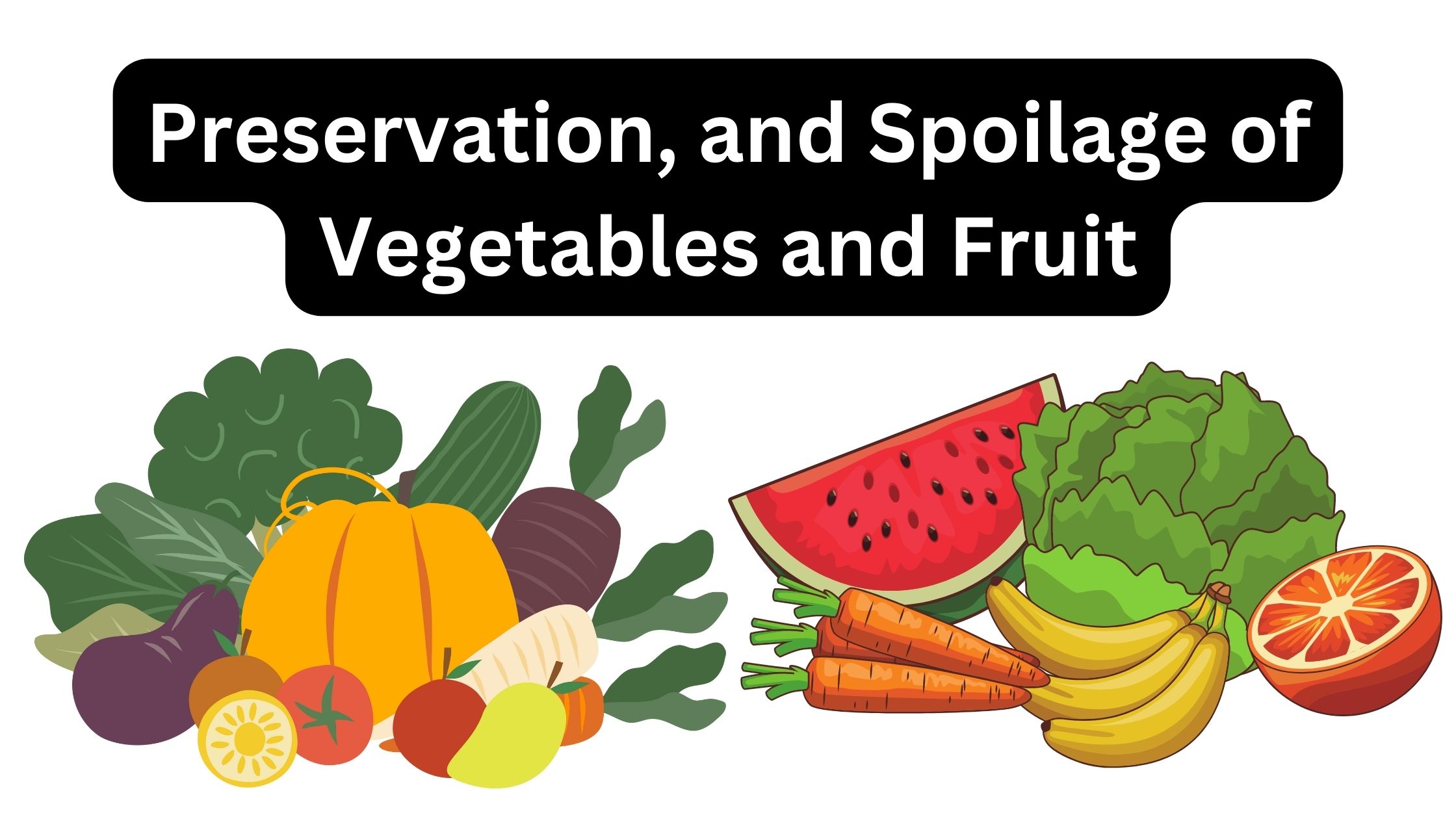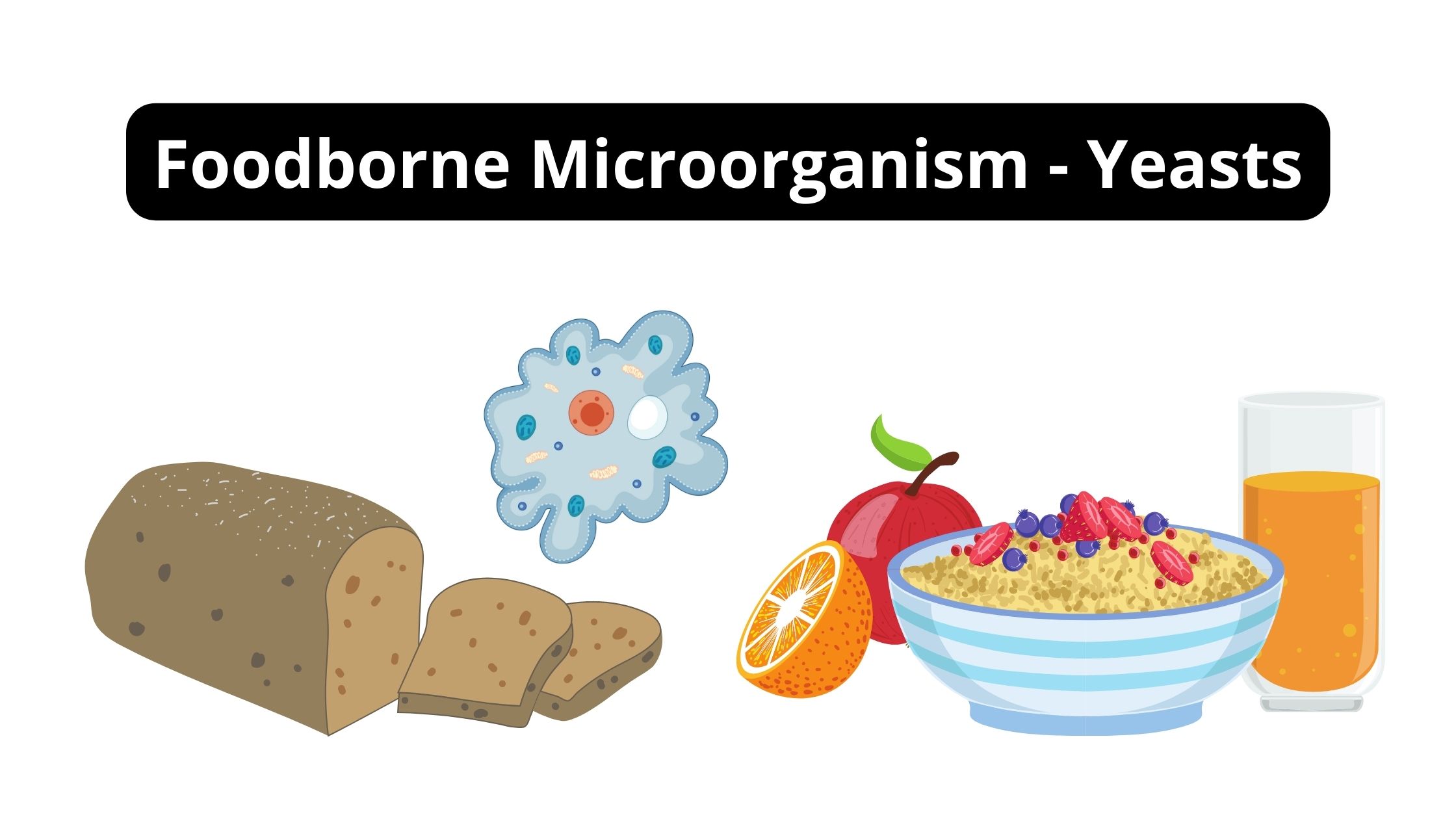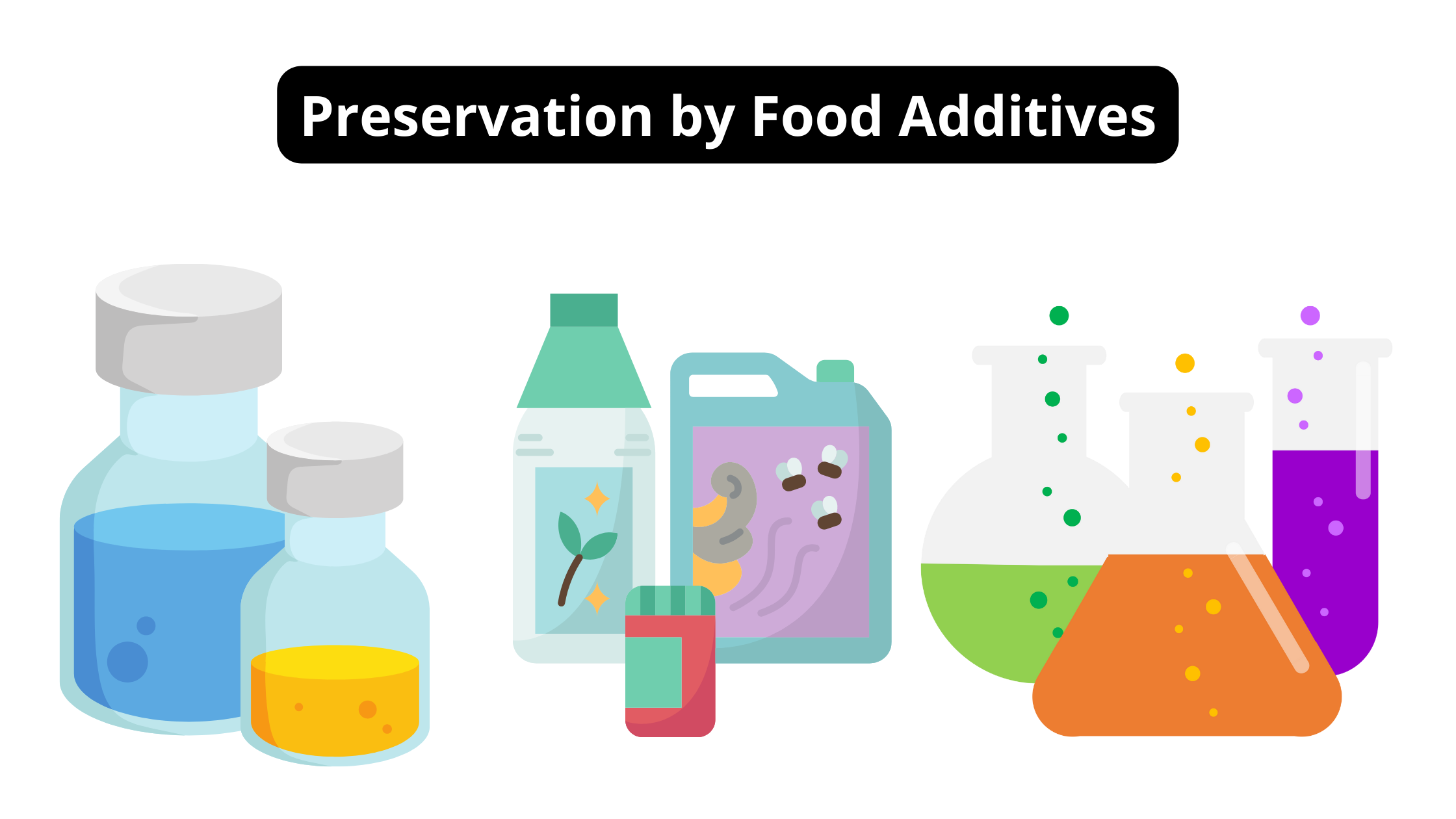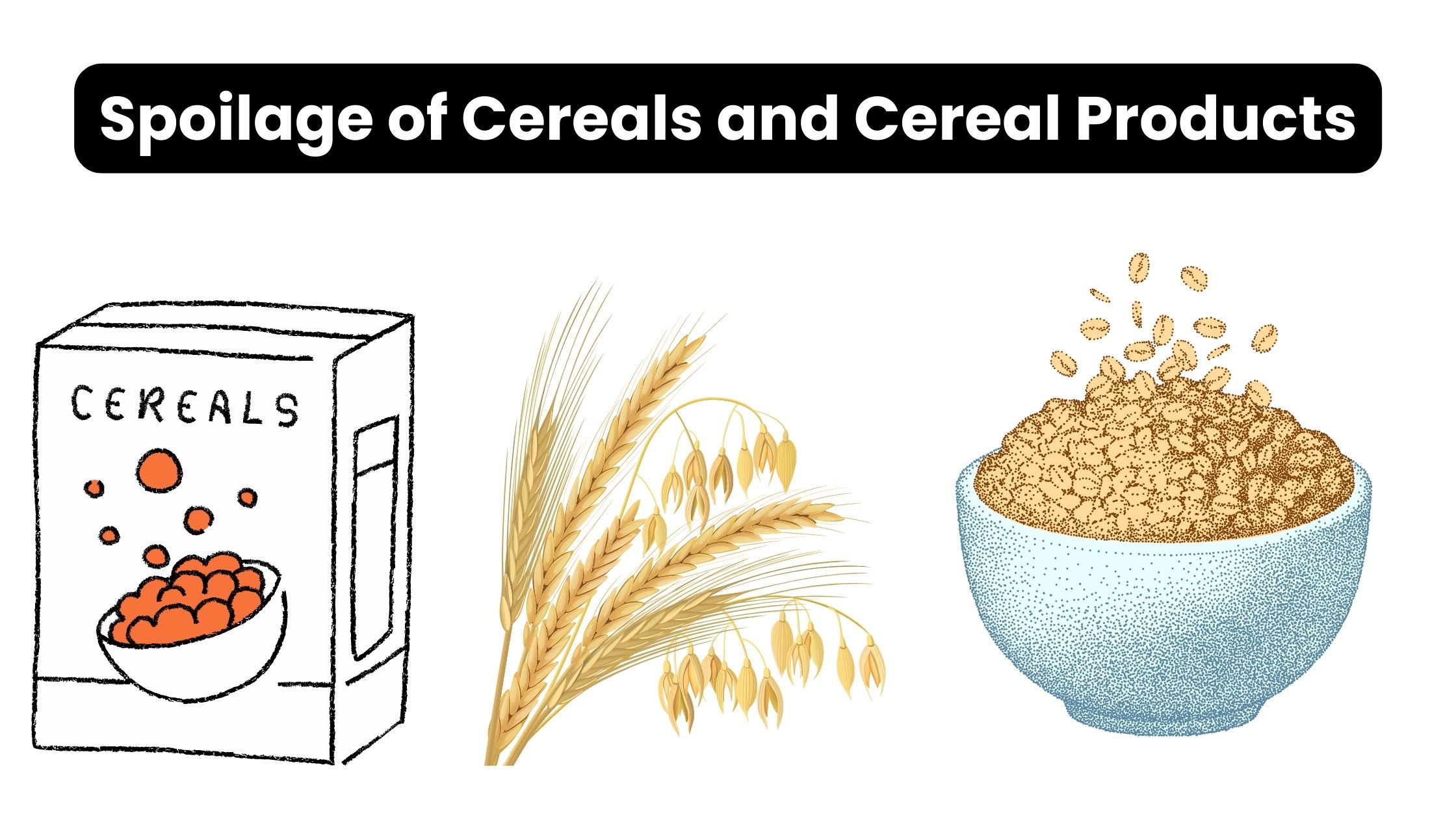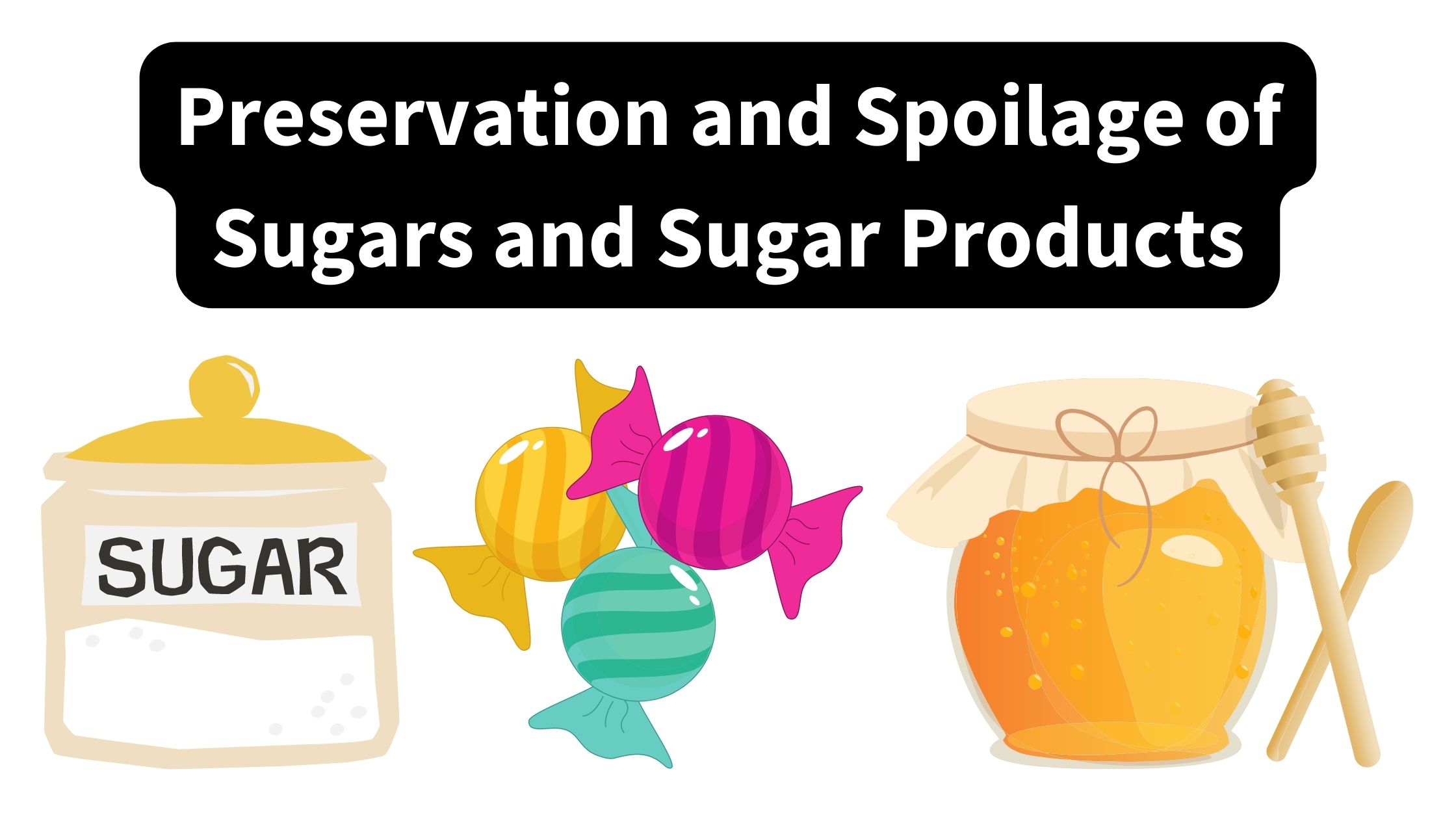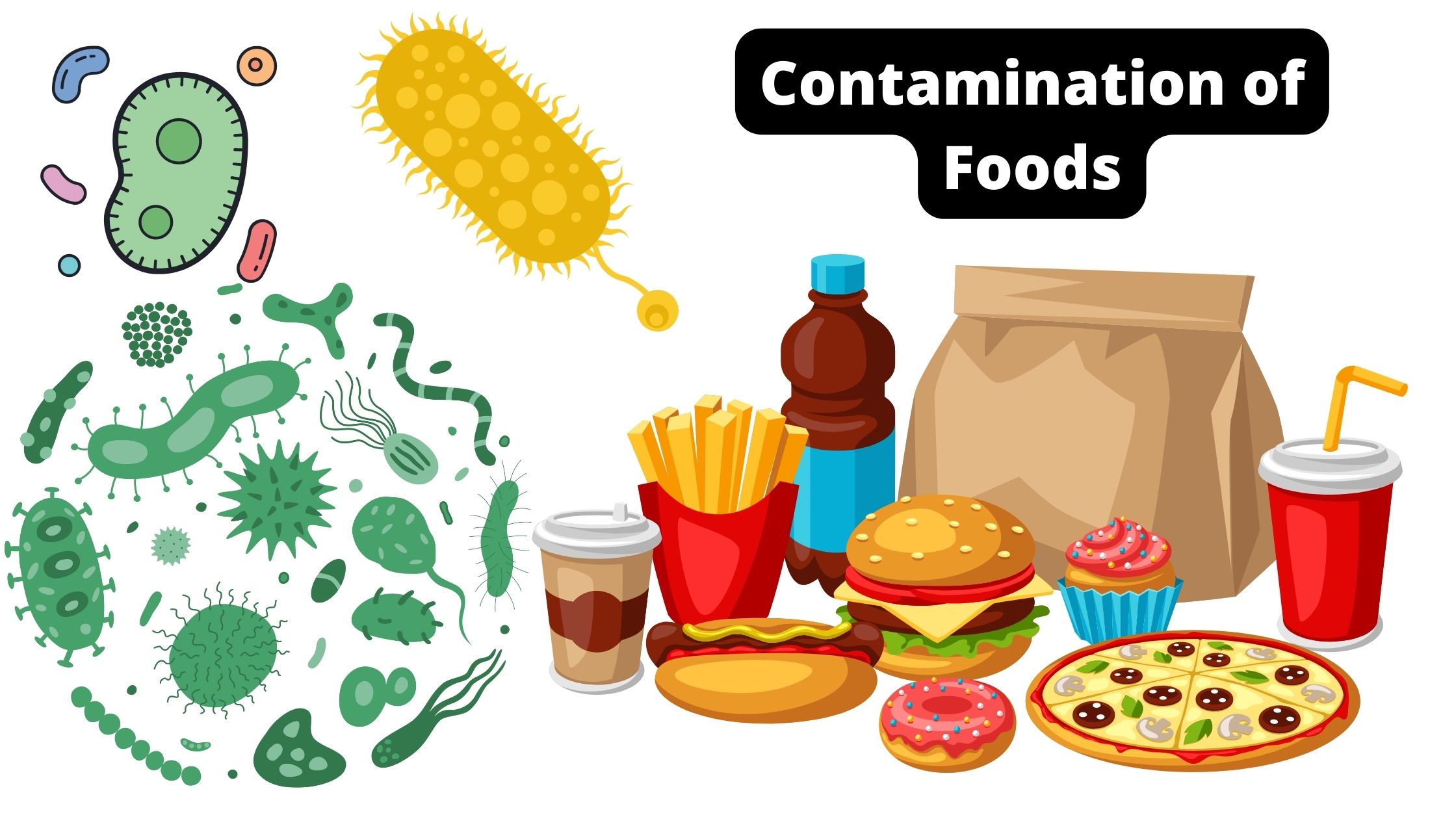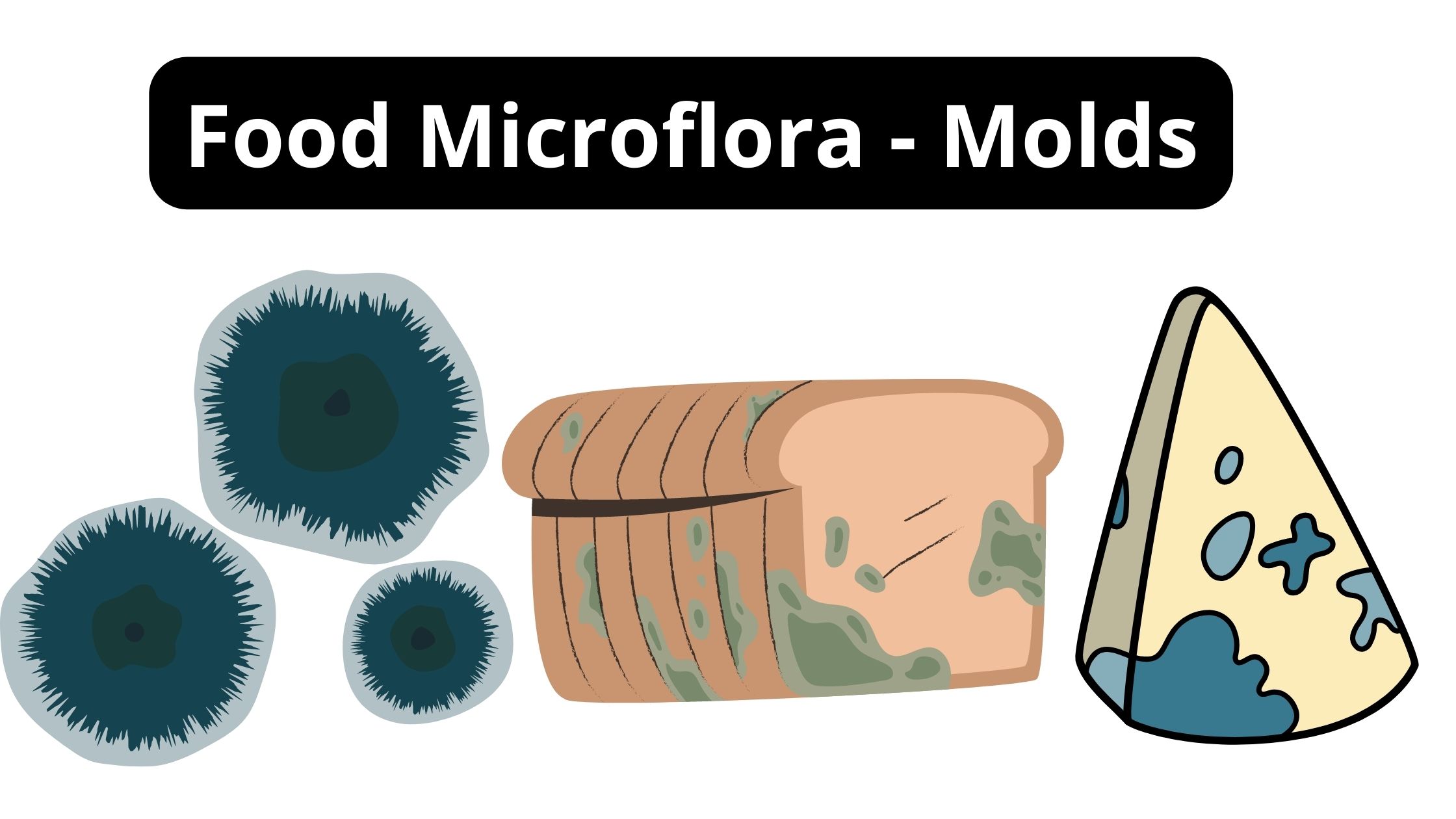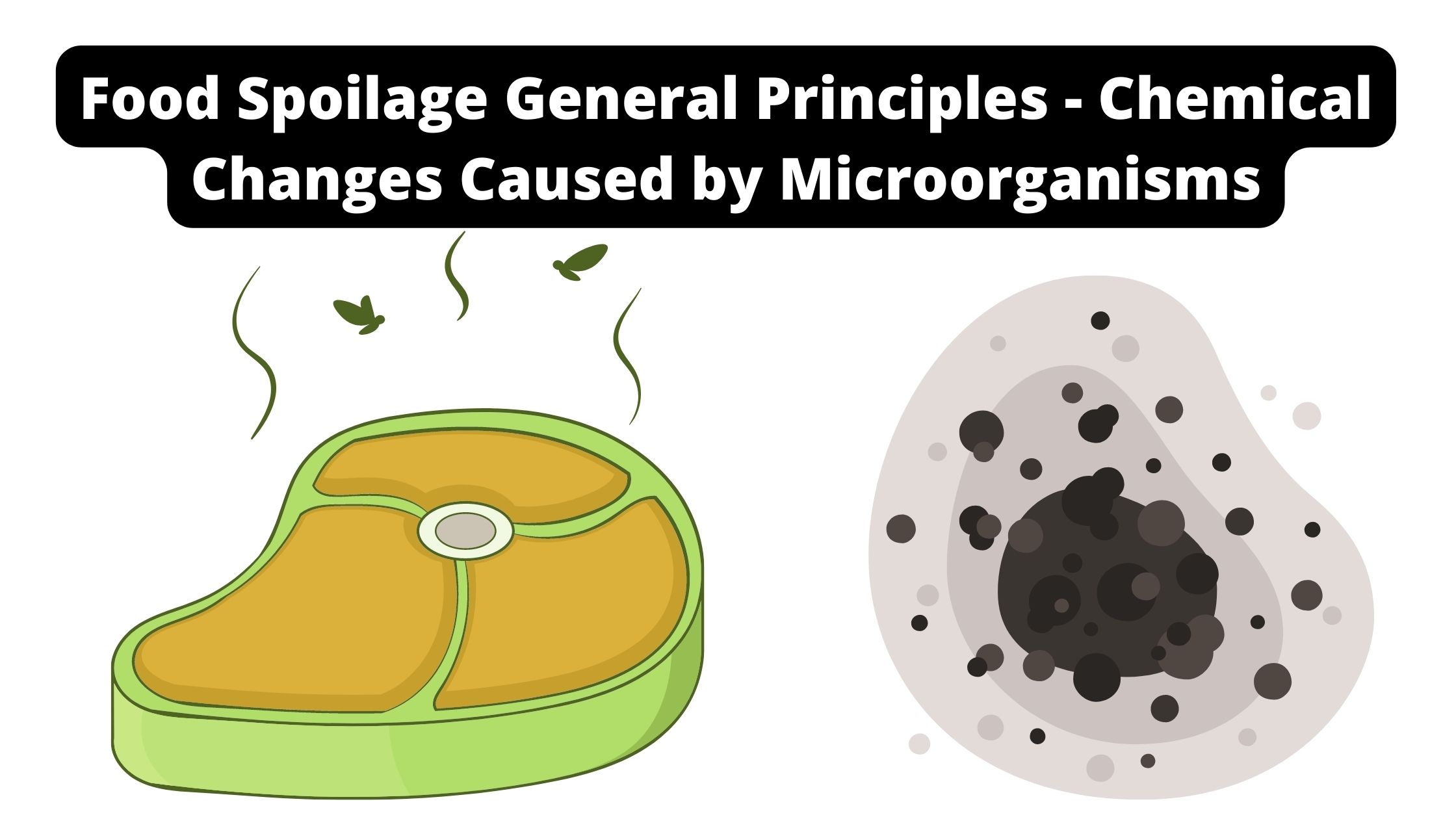Preservation, and Spoilage of Vegetables and Fruit
Contamination of Vegetables And Fruit Preservation of Vegetables Microorganisms on the surfaces of freshly picked fruits and vegetables comprise not just the regular surface flora, but also microorganisms from the soil and water, and possibly plant diseases. Additionally, a variety of moulds and occasionally a few yeasts may be present. Some germs may thrive between … Read more
